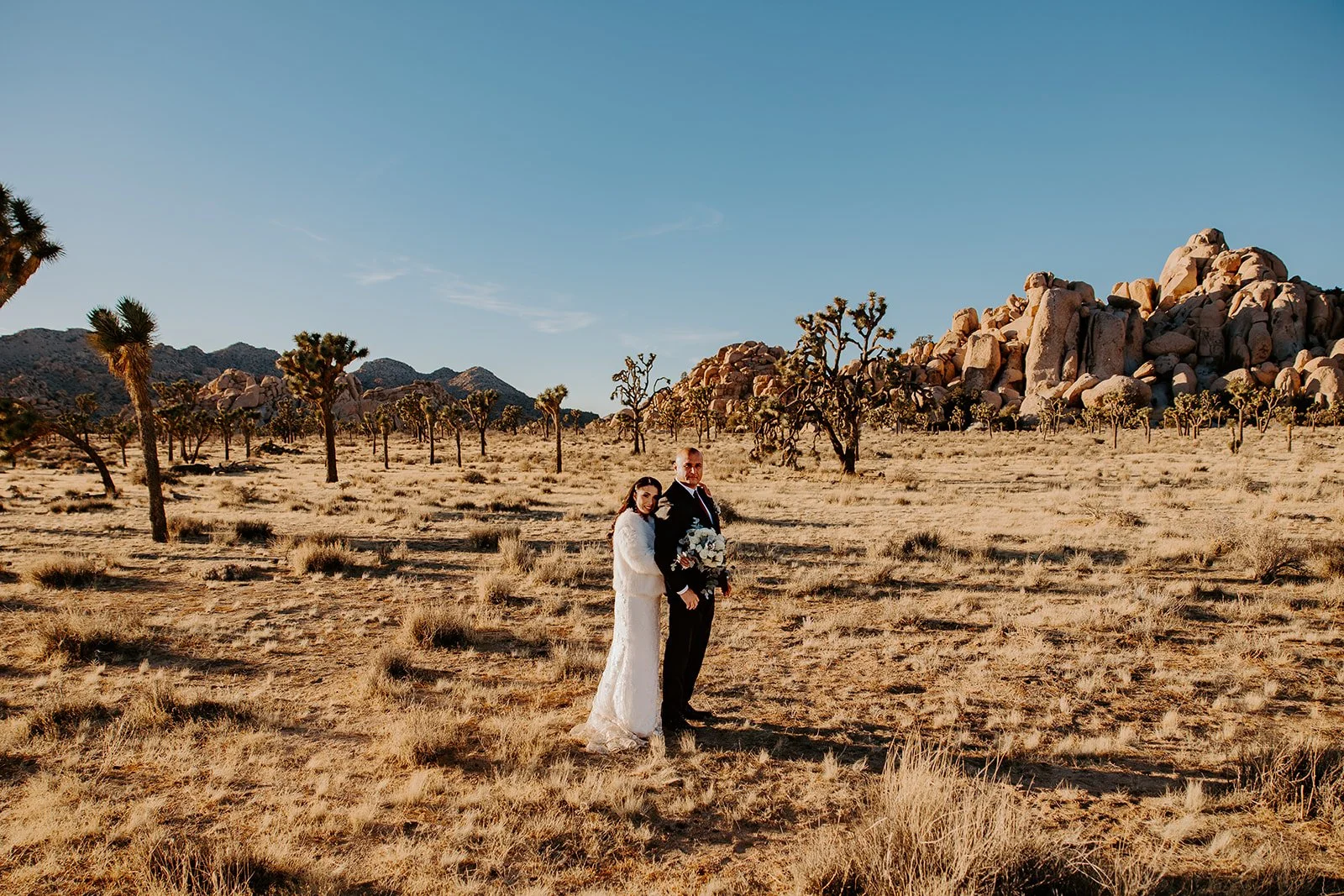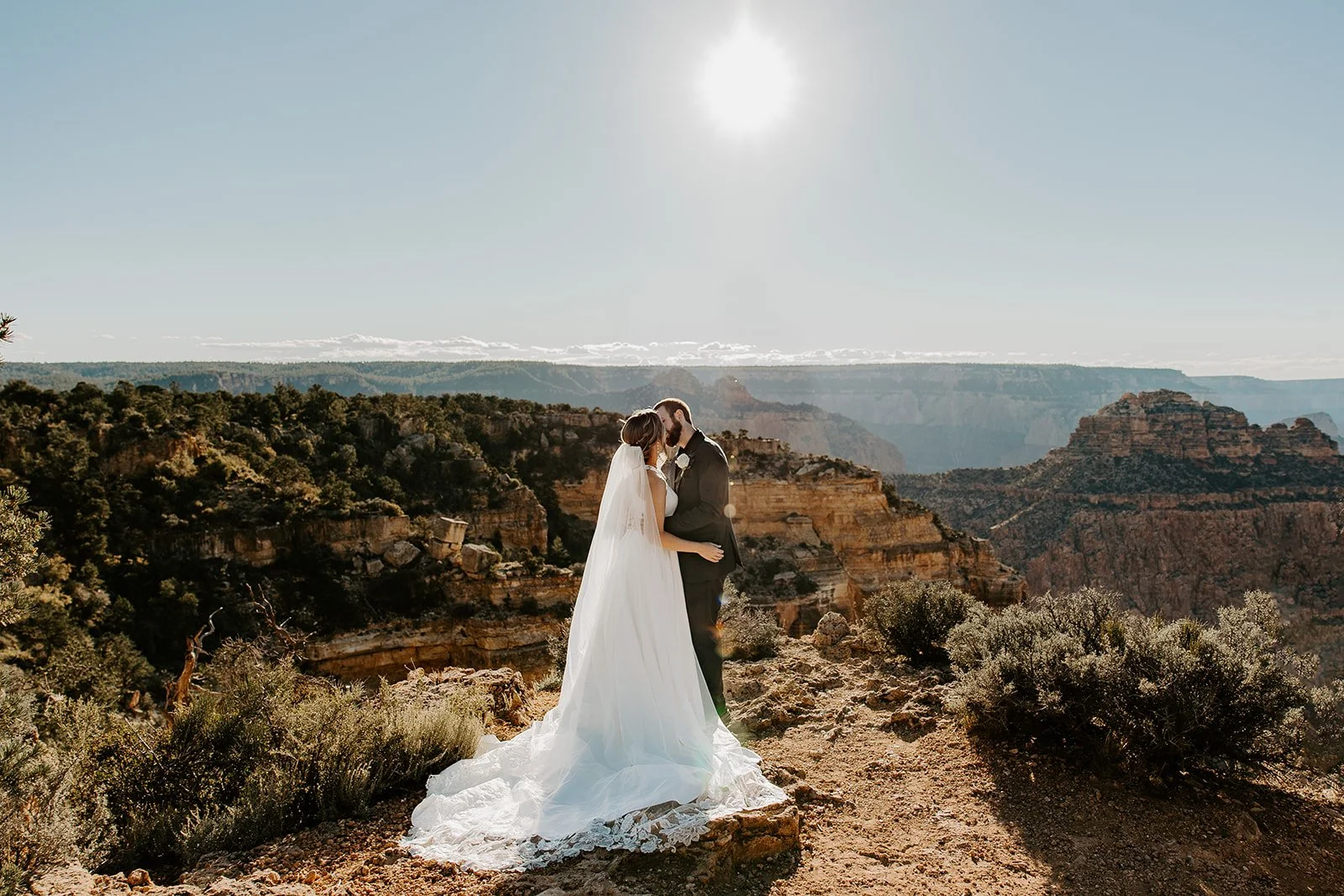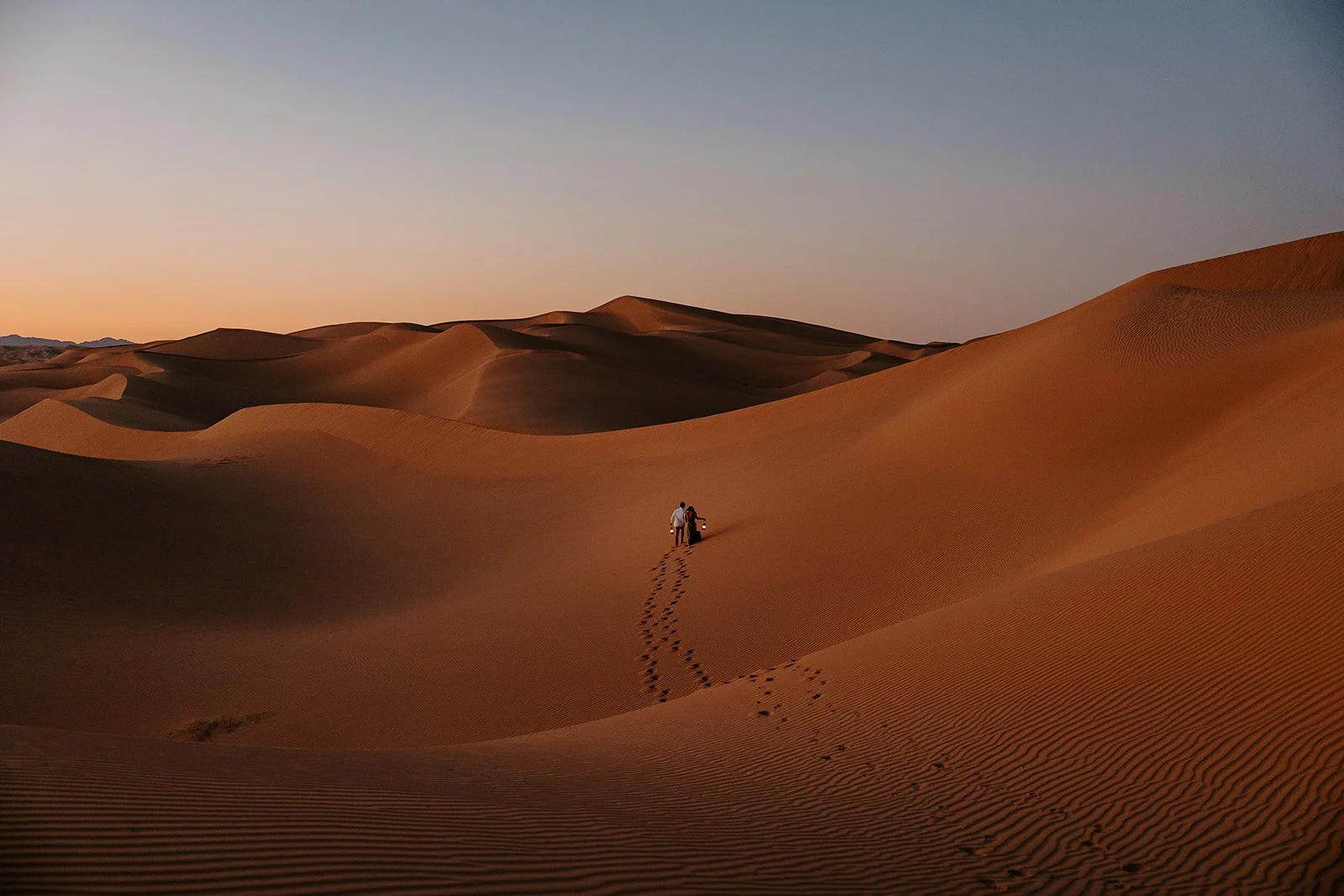The Explore Act and Why It Matters for Elopement Photography
This is a guide to help photographers (particularly those traveling to national parks, forests, and other public lands) understand the Explore Act, what changes were made, and what it means for their business. Let’s jump right in.
What Is the Explore Act (and the Film Act Within It)?
The Explore Act (Expanding Public Lands Outdoor Recreation Experiences) was signed into law in January 2025 with the purpose of improving recreation on public lands. The Film Act section simplifies photo and video rules, which directly impacts elopement photographers like you and me.
Here Are the Main Changes of the Explore Act
1. No More Commercial vs. Noncommercial
The law no longer distinguishes between commercial and noncommercial filming or photography. That means whether you’re getting paid or not doesn’t matter. The rules now only look at the activity itself.
2. Impact
The main question is whether your shoot or elopement has an impact on the land or other visitors. A permit may be required if you damage natural or cultural resources, interfere with other people’s experiences, use heavy or staging equipment, or ask for exclusive access to an area.
3. Small Groups Are Free
For small groups of six people or fewer, the law generally prevents agencies from requiring a permit or charging fees.
4. Mid-Size Groups May Need Permits
Groups of six to eight fall into a gray area. A permit may be required, but it depends on the circumstances. If your activity has little impact and doesn’t involve staging equipment or blocking areas, you may not need one.
5. Large or High-Impact Shoots
Parties with large numbers of people or a high environmental impact, or those that affect normal visitors, will still require a permit. This includes groups larger than eight, the use of staging or heavy equipment, blocking access, or interfering with access or shooting in sensitive, high-traffic, or closed areas.
What the Explore Act Means for Elopement Photographers
How does this affect elopement photographers like you and me?
Spoiler, it’s basically all good news.
More Stability & Better Access
Before the Explore Act, photographers had to worry about whether they needed expensive permits due to their shoot potentially qualifying as commercial. Now, there is a more clearly defined line that determines what requires a permit. If your shoots often include 6 or less people, no props, and you adhere to leave no trace policies, it’s likely you will not need a permit. Please follow up with your local regulations, as information could vary per location, as the new law continues to be implemented.
Less Worry, but Stay Aware
Photographers will still need to be cautious when working with large setups, staged props, drones, and blocking footpaths.
One Permit Only
If a couple already has a wedding permit or event authorization, the photography/videography tied to it shouldn’t require a separate permit, significantly reducing costs for you and your couples.
How to Stay Legally Protected as an Elopement Photographer
Knowing the law is one thing, but applying it in your day-to-day practice is another. Here are my best tips for photographers and their clients:
Do Your Homework
Even though the law sets the framework, individual agencies (NPS, Forest Service, BLM) still issue rules and guidance.
TIP: Before shooting, check with the specific park’s website or contact their recreation/film office.
Focus on Low-Impact
The law allows shoots that don’t disturb nature or block visitor pathways.
TIP: Use hand-carried gear, avoid lighting rigs, and minimize site disturbance.
Stick to Public-Access
If an area is off-limits to the public, special permissions may still be needed.
TIP: Don’t set up in closed trails or designated “no access” zones.
Respect Others
Don’t block trails, set up in highly trafficked times, or interfere with park users.
TIP: Schedule early morning or off-peak hours, or less-popular locations.
Document Your Impact
Photograph the scene/context, show you left no trace, log crew size, and gear.
TIP: If ever questioned, you’ll have a record of compliance. Carry a PDF copy of EXPLORE Act / FILM Act summary on your phone.
Watch for Updates
Implementation at each park may roll out at a different time.
TIP: Subscribe to park bulletins or public lands creative groups for changes.
What Photographers Should Watch Over the Next 6–12 Months
Because the Explore Act is new, several things are still evolving. Watch out for:
Agency regulations & rulemaking: The law requires agencies to update their policies; interpretation will vary by location.
Definitions of “high-traffic” or “very high visitation” areas: Some popular parks may still impose restrictions on high-traffic areas, even if they are open to the public.
Clarification for 6–8 individuals: You’ll need to check wth specific agencies to decide what constitutes an automatic authorization vs. needing a formal permit.
Drones: There are still significant restrictions regarding drones as they can impact airspace, visitors, wildlife, and the environment.
Authorized events: Double-check with local agencies on whether photography at a permitted wedding is covered.
There’s everything you need to know to start navigating the Explore Act as an elopement photographer. While there are still things to watch out for and pay attention to, this act is overall a positive change for photographers, allowing us to bring more intimate, outdoor experiences to our adventurous couples.
Stay Connected + Keep Learning
If you found this post helpful, you’ll love what’s coming next! Join my newsletter to stay up to date on new resources for elopement photographers — from workflow tips and business advice to downloadable templates and planning tools. You’ll be the first to know when new content drops and get exclusive access to helpful freebies designed to simplify your client experience.










